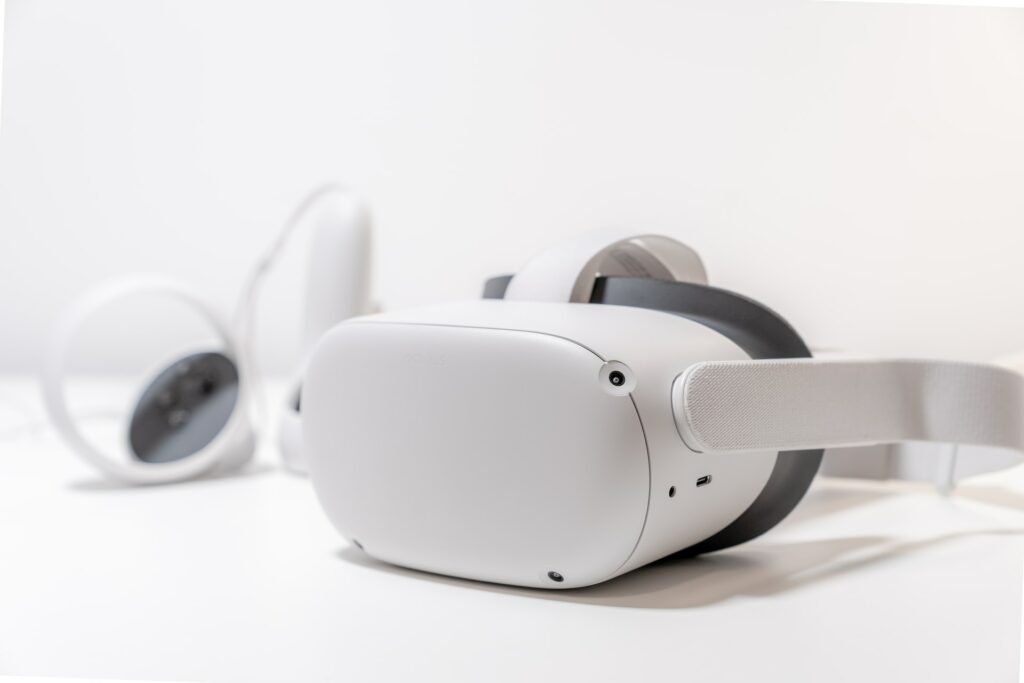Introduction
The fashion industry has always been known for its innovation and creativity. However, in recent years, technology has revolutionized the way the industry operates. The use of technology in fashion has not only improved the production process but also the consumer experience. In this article, we will explore three ways technology is changing the fashion industry.
Virtual and Augmented Reality
Virtual and Augmented Reality (VR/AR) are technologies that have been used in the gaming industry for years. However, their uses are not just limited to the gaming industry anymore. In fact, these technologies have been making their way into various industries such as healthcare, education, and even military training. In the fashion industry, companies are now using VR/AR to create not just virtual fashion shows, but also virtual fitting rooms. This enables customers to virtually try on clothes and accessories without having to physically be in a store. This can be especially useful for customers who live far away from the store or for those who prefer to shop online. With VR/AR, customers can also see how clothes fit and move in a variety of settings and scenarios, which can help them make more informed purchasing decisions. Moreover, the use of VR/AR in the fashion industry has allowed brands to reach a wider audience as customers from around the world can attend virtual fashion shows and shop from anywhere at any time. Overall, the use of VR/AR in the fashion industry has made shopping more convenient, efficient, and accessible to everyone.
Sustainable Fashion
Sustainability has become a growing concern for the fashion industry in recent years, as consumers become more conscious of the environmental impact of their choices. As a result, many brands have begun to explore new ways of creating sustainable products that minimize waste and reduce their ecological footprint.
One of the most exciting developments in this area has been the use of technology to create innovative and sustainable materials. For example, Adidas has made waves with its shoes made from recycled ocean plastic, a move that has gained widespread attention and praise from consumers and industry insiders alike.
But it’s not just about the materials themselves. Many brands are also exploring new production methods that minimize waste and reduce the carbon footprint of their products. Adidas, for example, has developed a technology that allows them to create shoes without producing any waste at all. This approach has allowed them to create sustainable products that are both high-quality and stylish, without compromising on design or performance.
Overall, it’s clear that sustainability is here to stay in the fashion industry, and that technology will play a key role in driving innovation and progress in this area. By embracing new materials and production methods, brands can create products that are both environmentally friendly and fashionable, meeting the needs and expectations of today’s consumers.
3D Printing
The use of 3D printing has been rapidly expanding in the fashion industry, with designers utilizing the technology to create increasingly intricate and complex designs. This technology has revolutionized the industry, allowing for unique patterns and shapes that would be impossible to create by hand. Furthermore, 3D printing is being used to create custom-fit garments, marking a shift from the traditional one-size-fits-all approach.
In addition to its design capabilities, 3D printing has also proven to be an efficient and cost-effective production method. It has enabled brands to create clothing at a faster pace while reducing production costs. This has led to more affordable and accessible fashion for consumers.
As this technology continues to evolve, the possibilities for its application within the fashion industry are endless. With on-demand 3D printing, consumers will be able to print their own clothes at home, reducing waste and creating a more sustainable production process. This could lead to a significant shift in the industry towards more eco-friendly practices.
Conclusion
Technology has had a significant impact on the fashion industry. It has improved the production process, made shopping more convenient, and allowed for sustainable practices. As technology continues to advance, we can expect to see even more innovation in the fashion industry. The industry will continue to evolve, and technology will play a significant role in shaping its future.







